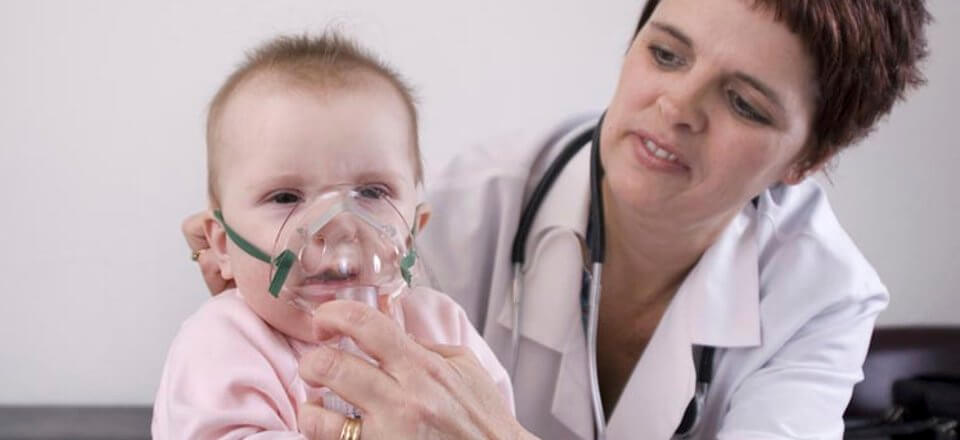Bronchiolitis is a common respiratory infection that primarily affects infants and young children, especially during the winter months. Caused by viral infections, bronchiolitis leads to inflammation and congestion in the small airways of the lungs, making breathing difficult for little ones. Here’s what you need to know about bronchiolitis and why it tends to spike during winter.
1. What is Bronchiolitis?
Bronchiolitis is an infection that targets the small airways, or bronchioles, in the lungs:
- Caused by Viruses: Respiratory Syncytial Virus (RSV) is the most common cause, but other viruses like the flu or rhinovirus can also lead to bronchiolitis.
- Common in Young Children: Since infants and toddlers have smaller, more sensitive airways, they’re particularly vulnerable to bronchiolitis.
- Symptoms Resemble a Cold at First: It often begins with cold-like symptoms such as a runny nose, mild cough, and low-grade fever.
Understanding bronchiolitis can help parents recognize the signs and know when it’s time to seek additional care.
2. Why is Bronchiolitis More Common in Winter?
There are several reasons why bronchiolitis cases tend to increase during the colder months:
- Virus Spread Indoors: Winter brings people indoors, where viruses can spread more easily in closed environments.
- Dry Air: The dry, heated indoor air can irritate airways and make children more susceptible to infections.
- Seasonal Viruses: RSV and other respiratory viruses thrive in winter, leading to more cases of bronchiolitis in young children.
Being aware of this seasonal pattern can help parents stay vigilant during the colder months.
3. Recognizing Symptoms of Bronchiolitis
Bronchiolitis can start with cold symptoms but may develop into more noticeable respiratory issues. Here are some signs to look out for:
- Persistent Cough and Wheezing: As the infection progresses, children often develop a deeper cough and may start wheezing.
- Rapid or Shallow Breathing: Infants with bronchiolitis might breathe faster than usual or have difficulty breathing.
- Nasal Flaring and Chest Retractions: Flaring nostrils and visible pulling of the skin between the ribs with each breath can indicate labored breathing.
Recognizing these symptoms early on can help you decide whether to monitor at home or seek medical care.
4. How Bronchiolitis is Diagnosed and Treated
Most cases of bronchiolitis are diagnosed based on symptoms and a physical examination, with treatment focusing on supportive care:
- Hydration and Rest: Keeping children hydrated and ensuring they get plenty of rest can aid in recovery.
- Humidifiers for Comfort: A cool-mist humidifier can help ease breathing by adding moisture to the air.
- Frequent Nasal Suctioning: For infants, gentle suctioning of the nose can help clear mucus and make breathing easier.
In most cases, bronchiolitis resolves on its own within one to two weeks, but if symptoms worsen, it’s best to consult a healthcare provider.
5. When to Seek Medical Help
While bronchiolitis often improves with home care, some signs may require medical attention:
- Breathing Difficulty: Rapid, labored, or noisy breathing is a sign that your child may need additional support.
- Signs of Dehydration: Fewer wet diapers, dry mouth, or lack of tears can indicate dehydration, which is common if breathing issues affect feeding.
- Blue Tint to Lips or Fingernails: This may indicate low oxygen levels and requires immediate medical care.
Knowing when to seek help is key to ensuring your child stays safe and recovers comfortably.
Final Thoughts
Bronchiolitis is a common winter illness in young children, but understanding its causes and symptoms can help parents manage it effectively. By knowing the signs to watch for, staying prepared with supportive care measures, and recognizing when to seek medical help, parents can feel more confident in caring for their child through the winter months.

